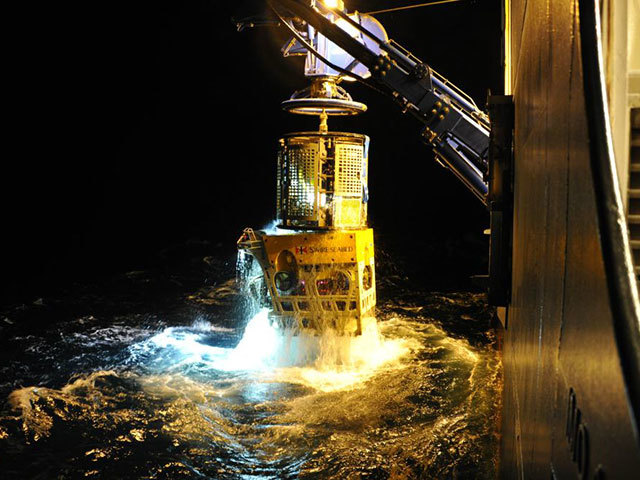
The world’s biggest sovereign wealth fund says it has recovered from the losses it suffered in the second and third quarters thanks to a strategy of dumping bonds and buying up stocks and real estate.
The fund “has been reducing dramatically” its bond holdings over the past five years, Yngve Slyngstad, its chief executive officer, said in an interview in Paris on Tuesday.
There is still a “challenging investment environment” ahead of next week’s Federal Reserve decision. But the fund has nonetheless “got everything we lost in the third quarter back in the fourth quarter — so it’s going to be another positive year,” he said.
The investor posted its biggest loss in four years last quarter as Chinese stocks and the prospect of a U.S. rate increase wiped trillions of dollars off the value of global markets. The fund also had a loss in the second quarter, its first in three years, amid falling global debt and equity markets.
Against that backdrop, it has long argued in favor of being allowed to expand the asset classes in which it invests. In a letter to the Finance Ministry published on Tuesday, it sought permission to invest as much as 5 percent of its portfolio in infrastructure. It also wants to double its real estate allocation to 10 percent.
The fund said it anticipates that it’s push into infrastructure will include investments in renewable energy. On a global basis, about $350 billion to $400 billion is invested annually in renewable energy and that is expected to increase, the fund said.
“The risk of such investments today seems somewhat lower” than when the fund evaluated the question in 2010, Slyngstad said in the letter. “The growth in renewables has accelerated and costs have dropped significantly thanks to technological developments and economies of scale.”
While the fund has the backing of a government-appointed expert group on its infrastructure request, its real estate goal was shot down by the same group. The Finance Ministry is due to make a decision in the spring of next year, it said on Tuesday.
Meanwhile, the investment climate continues to be difficult. Negative interest rates “in many countries” are posing challenges to the fund’s investment strategy, Slyngstad said.
“It has become a new reality that all investors have to be thinking about in considering how to position themselves,” he said. “What we have been doing is reducing our bond holdings and increasing our holdings in equities and real estate and that may well continue.”
The fund, which has grown more than six-fold amid a boom in oil prices over the past decade, is facing a new era with state cash injections set to end as early as next year. Budget documents released in October showed the government will withdraw about $440 million next year as it uses up all its direct oil revenue to cushion the economy from a slump in crude prices.
“We have increased our investments in equities and we currently are considering more investments in real assets” such as “real estate and potentially in infrastructure,” Slyngstad said. “That’s one of the big issues going forward: what kind of market will the infrastructure area be and how large will it be.”
Recommended for you
